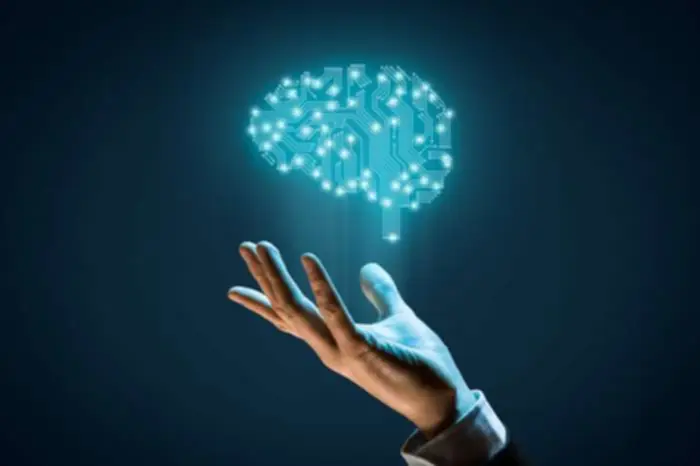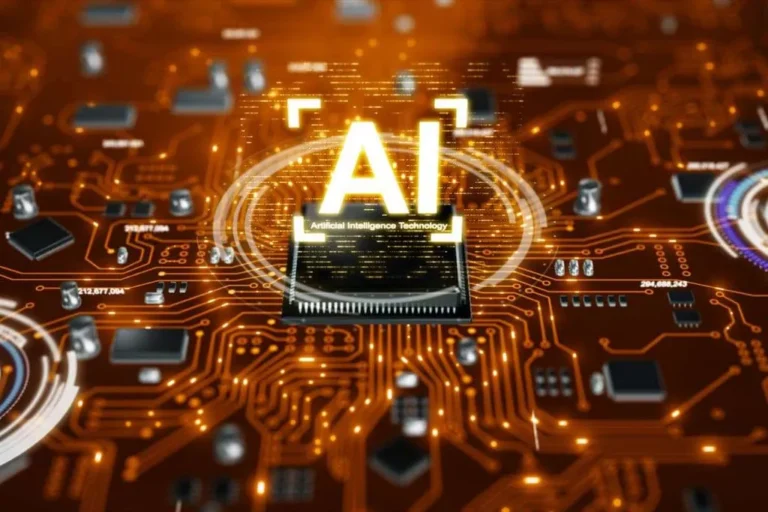A compiler is a software program that converts computer programming code written by a human programmer into binary code (machine code) that can be understood and executed by a specific CPU. The act of remodeling source code into machine code known as “compilation.” When all of the code is reworked Data Mesh at one time earlier than it reaches the platforms that run it, the method is called ahead-of-time (AOT) compilation. Although most compilers are designed to transform source code into machine code, compilers also exist that translate supply code written in a single high degree language into that written in another. Other compilers translate source code into an intermediate language that still needs further processing. Interpreters execute source code line-by-line with out compiling it into machine-readable code. As a result, interpreted code runs slower than compiled code and doesn’t generate a machine code file.

There Are Completely Different Compilers :
The first stage, referred to as the entrance finish, interprets the supply code into an intermediate representation. The second stage, known as the optimizer, optimizes the code according to the various switches on the compiler set by the programmer. Source code is the model of software (usually an software program or an operating system) as it’s originally written (i.e., typed right into a computer) by a human in plain text (i.e., human readable alphanumeric characters). Source code may be written in any of quite a few programming languages, a few of the most popular of that are compiler definition C, C++, Java, Perl, PHP, Python and Tcl/Tk. Early operating systems and software program were written in assembly language.
Which Programming Languages Use A Jit Compiler?
Compilers are very complex applications, and compiler design is a very sophisticated task (and a superb method to deepen ones understanding of laptop science). In this article, we’ll check out the varied types of compilers out there at present. We’ll also talk about why using a compiler is helpful when developing software, including its pros and cons as nicely as examples from the actual world. The lexical analyzer divides the program into “tokens”, the Syntax analyzer acknowledges “sentences” in the program using the syntax of the language and the Semantic analyzer checks the static semantics of every assemble.
What Is A Compiler Vs An Interpreter?
The primary implication of utilizing an interpreted language like Python is that the code is executed line-by-line, which permits for faster improvement and easier debugging. Compiler can provide programmer secuirity by stopping memory-related errors, such as buffer overflows, by analyzing and optimizing the code. It also can generate warnings or errors if it detects potential memory issues. This implies that the compiler can even convert from a low-level language to a high-level language. Compiled code runs faster than interpreted code as a end result of it would not need to do any work at the time the action takes place.
The subsequent step is syntax evaluation, where the compiler’parser checks the code for syntax errors and ensures that it follows the rules of the programming language. The compiler generates an Abstract Syntax Tree (AST) that represents the structure of the code. A compiler is a translating program that interprets the instructions of excessive degree language to machine degree language. This program is now transformed to a machine degree language by a compiler is called the Object code. A Compiler is a software program that sometimes takes a excessive degree language (Like C++ and Java) code as enter and converts the enter to a decrease stage language without delay.
A compiler that supports the source programming language reads the information, analyzes the code, and translates it right into a format appropriate for the goal platform. A compiler is a software tool that interprets human-readable programming code (usually written in high-level programming languages like Java or Python) into code that machines can learn and execute. This process entails several levels, including parsing, optimization, and code generation. A translator or language processor is a program that interprets an enter program written in a programming language into an equal program in one other language.
In subsequent years several C++ compilers have been developed as C++ reputation grew. Bell Labs left the Multics project in 1969, and developed a system programming language B primarily based on BCPL ideas, written by Dennis Ritchie and Ken Thompson. Ritchie created a boot-strapping compiler for B and wrote Unics (Uniplexed Information and Computing Service) working system for a PDP-7 in B. For Example, a FORTRAN compiler is able to translating right into a FORTRAN program. A laptop system may have a couple of compiler to work for more than one high degree languages.
And this system executes only in spite of everything errors are fixed and it has been entirely compiled. Code debugging can also be faster, and program execution happens line by line. To run the Java compiler, the programmer must run the Javac.exe command from the command prompt.

Compiler design is an important a part of laptop science that represents high-level programming languages into machine code. It goes by way of several stages, corresponding to lexical analysis, syntax analysis, semantic analysis, optimization, and code generation, all being followed so as to get environment friendly error-free code within the last output. Modern compilers not only translate code but also enhance performance, simplify hardware complexities, and assist a number of approaches towards programming and thus make programming easier and more effective. This implies that compilers are continually turning into sooner and more powerful with technological developments that enhance the development and execution of software program. A compiler is a program that translates source code into machine code.
Ahead-of-time (AOT) compilation delivers sooner startup time, significantly when much of the code executes at startup. JOT compilation should target the least capable of all possible execution platforms. A compiler analyzes the source code and breaks it down into particular person instructions that the computer can understand. In different words, a compiler turns human-readable program code into zeroes and ones. A compiler is a software that converts high-level code into machine code.
In the Nineteen Sixties and early Seventies, the usage of high-level languages for system programming was still controversial because of useful resource limitations. However, a quantity of analysis and industry efforts started the shift towards high-level systems programming languages, for example, BCPL, BLISS, B, and C. A compiler is a program that interprets human-readable source code into computer-executable machine code. To do this efficiently, the human-readable code must adjust to the syntax guidelines of whichever programming language it’s written in. If you make a mistake, you must appropriate the syntax or it won’t compile.
Because of the line-by-line interpretation, an interpreted program usually runs slower than compiled code. Also, an interpreted program doesn’t generate a machine code file like compilers do. This means you can’t run an interpreted program impartial of the unique program. Overall, compiler design is a complex course of that involves multiple phases and requires a deep understanding of both the programming language and the target platform. A well-designed compiler can greatly enhance the effectivity and efficiency of software program programs, making them more useful and valuable for users.
The C code generated by such a compiler is normally not meant to be readable and maintained by humans, so indent fashion and creating pretty C intermediate code are ignored. Some of the features of C that make it an excellent target language include the #line directive, which may be generated by the compiler to help debugging of the original supply, and the extensive platform support obtainable with C compilers. Compilers that translate supply code to machine code target specific operating methods and laptop architectures. This type of output is typically known as object code (which isn’t related to object-oriented programming). The outputted machine code is made up totally of binary bits — 1s and 0s — so it can be read and executed by the processors on the goal computers. For example, a compiler might output machine code for the Linux x64 platform or Linux ARM 64-bit platform.
- When the compiler runs on the same machine and produces machine code for the same machine on which it’s running.
- The means of translating the supply code into machine code entails several levels, including lexical analysis, syntax analysis, semantic analysis, code era, and optimization.
- This implies that compiled code produces a machine-readable and machine-specific executable file that only the actual type of machine is ready to execute.
Regardless of the source language or the kind of output, a compiler must be sure that the logic of the output code at all times matches that of the input code and that nothing is lost when changing the code. A compiler is, within the strictest sense, a translator and should be positive that the output is right and preserves all the unique logic. Once the code is syntactically right, the compiler performs semantic analysis on parsed code to search out the which means. The compiler verify for logical errors, such as sort mismatches, undeclared variables, and incorrect usage of operators. Assuming that the compiler successfully completes the lexical and syntactical analyses, the ultimate stage is generating machine code.
With some programming languages (e.g., Perl and Tcl) the source code is frequently executed instantly utilizing an interpreter rather than first compiling it and then executing the resulting machine code. An interpreter is a program that reads source code one assertion at a time, interprets the statement into machine code, executes the machine code assertion, then continues with the next statement. A compiler is a software program tool that converts human-written computer code into machine code. It does so by performing several tasks such as error detection and prevention, flow management, syntax evaluation, type checking, and optimization. If you would possibly be like most developers, you have probably written some code sooner or later in your career. Perhaps you wrote the code example program in school or possibly you may be an entry-level developer who simply got hired and has to learn how to write software.
Transform Your Business With AI Software Development Solutions https://www.globalcloudteam.com/ — be successful, be the first!





